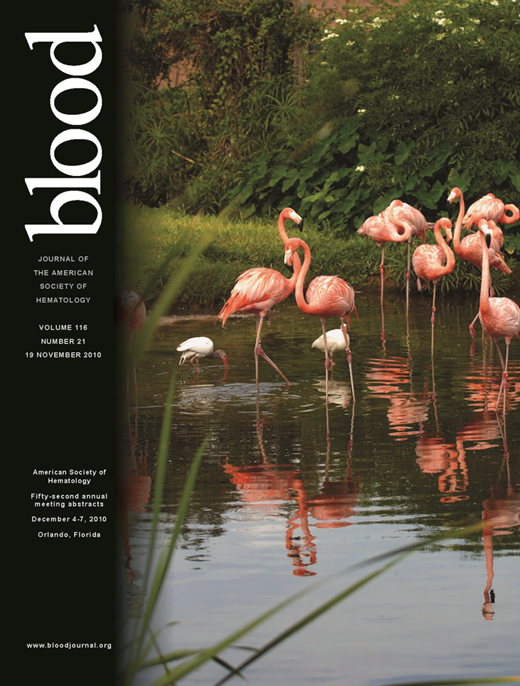Abstract
Abstract SCI-25
Iron-derived reactive oxygen species (ROS) are involved in the pathogenesis of numerous vascular disorders. Heme-derived iron plays an instrumental role in the pathology of intravascular hemolytic diseases including malaria, sickle cell anemia, transfusion reactions, DIC and PNH. Heme catalyzed oxidative stress promotes a pro-inflammatory/prothrombogenic endothelium, diminution of bio-available nitric oxide (NO) and attraction of leukocytes and platelets. The vasculature is protected against heme-catalyzed injury by plasma proteins including haptoglobin, hemopexin, albumin, alpha-1-microglobulin and by scavenger receptors for heme complexes including CD163 and CD91. Heme and its concomitant oxidative stress induces the cytoprotective and rate-limiting enzyme in heme catabolism, heme oxygenase-1 (HO-1). In the process, HO-1 releases three enzymatic byproducts: carbon monoxide (CO), biliverdin/bilirubin, and iron, which stimulates ferritin synthesis. These HO-1 by-products have established anti-oxidant and anti-inflammatory properties. Human patients and mouse models elevate HO-1 in response to chronic hemolysis. Of all sites in the body, the endothelium may be at greatest risk of exposure to heme. Heme greatly potentiates endothelial cell killing mediated by leukocytes and other sources of ROS. As a defense against heme, endothelial cells upregulate HO-1 and ferritin. If cultured endothelial cells are briefly pulsed with heme and are then incubated for a prolonged period (16 h), the cells become highly resistant to oxidant-mediated injury and to the accumulation of endothelial lipid peroxidation products. This protection is associated with induction of both HO-1 and ferritin. H-ferritin with its ferroxidase activity is especially cytoprotective. In animal models, increased expression of HO-1 has been shown to protect tissues against ischemia-reperfusion injury, oxidative stress, inflammation, transplant rejection, apoptosis, and cell proliferation. Conversely, HO-1 null mice (hmox-1−/−) and human patients deficient in HO-1 are especially prone to oxidative stress and inflammation. Sickle cell anemia is an archetypal example of heme-induced oxidative stress and cytoprotective adaptation. The sickle patient and sickle mouse models defend and adapt to hemolysis by increasing their defenses against heme. HO-1 plays an essential role in the inhibition and resolution of vaso-occlusion in sickle cell anemia. HO-1 and its products, carbon monoxide and biliverdin, modulate vaso-occlusion through multiple mechanisms including reducing oxidative stress, inhibiting NF-kB, down-regulating endothelial cell adhesion molecules, decreasing red blood cell hemolysis and altering vascular tone. However, sickle cell patients often have adaptive increases in HO-1 activity which are insufficient to completely handle the excessive heme burden, particularly during acute bouts of hemolysis. HO-1 gene therapy in sickle mice using Sleeping Beauty-mediated transposition of an HO-1 transgene provides a promising non-viral approach to significantly enhance HO-1 expression in sickle cell anemia. Strategies to minimize heme-iron activation of the vasculature including increasing HO-1 and its products, anti-oxidants, iron chelators, increasing haptoglobin, hemopexin and/or their receptors CD163/CD91 should be explored in hemolytic disease states.
Vercellotti:Sangart: Consultancy, Research Funding. Belcher:Sangart: Research Funding.
Author notes
Asterisk with author names denotes non-ASH members.

